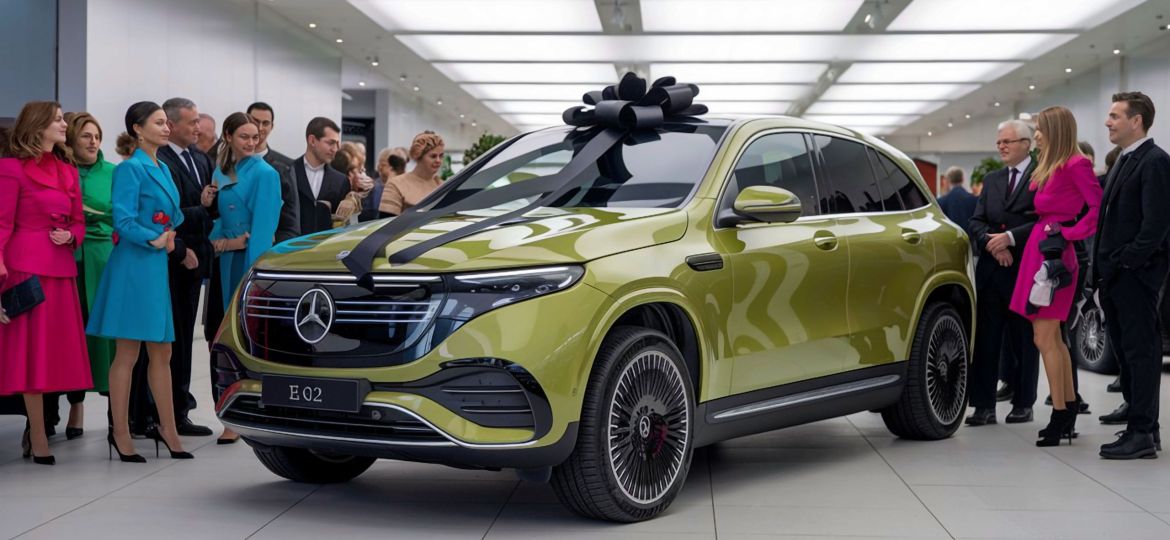A new plug-in crossbreed version of the Mercedes-Benz GLC-Class crossover SUV has actually shown up in the united state for the 2025 design year.
Called the GLC 350e, the plug-in hybrid costs $61,050 consisting of a $1,150 location cost and is arriving in dealerships currently. It’s based upon the current-generation GLC-Class that got here for the 2023 model year.
The powertrain integrates a 2.0-liter turbo-4 engine with an electrical motor for a mixed output of 313 hp and 406 lb-ft of torque. This will certainly get the GLC 350e from 0-60 mph in 6.2 secs, according to Mercedes. The full throttle is limited to 135 miles per hour in hybrid mode and 87 mph in electric mode.
2025 Mercedes-Benz GLC-Class (GLC 350e).
A 24.8-kwh battery pack nets an EPA-rated electrical series of 54 miles.
The GLC 350e includes both 11-kw air conditioning charging and 60-kw DC fast billing, with the latter able to fully bill the pack in regarding 30 minutes, according to Mercedes. While Mercedes prepares to adopt the Tesla North American Charging Requirement (NACS) for its EVs, the GLC 350e continues with the Integrated Charging Requirement (CCS) port for now.
Remarkable typical functions consist of a 12.3-inch digital instrument panel, 11.9-inch central touchscreen, cordless Apple CarPlay/Android Vehicle, electronic essential capability, 64-color ambient lights, and a self-leveling suspension.
2025 Mercedes-Benz GLC-Class (GLC 350e).
The GLC 350e isn’t the only plug-in crossbreed in the GLC-Class schedule. The AMG GLC 63 S E Performance additionally shows up in the U.S. for the 2025 design year, flaunting 671 hp. Yet it’s even more about performance than performance. Both versions will join a plug-in crossbreed variation of the bigger GLE-Class that introduced as a 2024 model.
Mercedes likewise reportedly plans to bring the EQC electrical SUV to the united state in 2025, after an aborted attempt in 2019– and succeeding hold-ups– to bring the previous variation. The car manufacturer last month announced that it was delaying its EV targets, with internal-combustion designs staying “well right into the 2030s.”.


